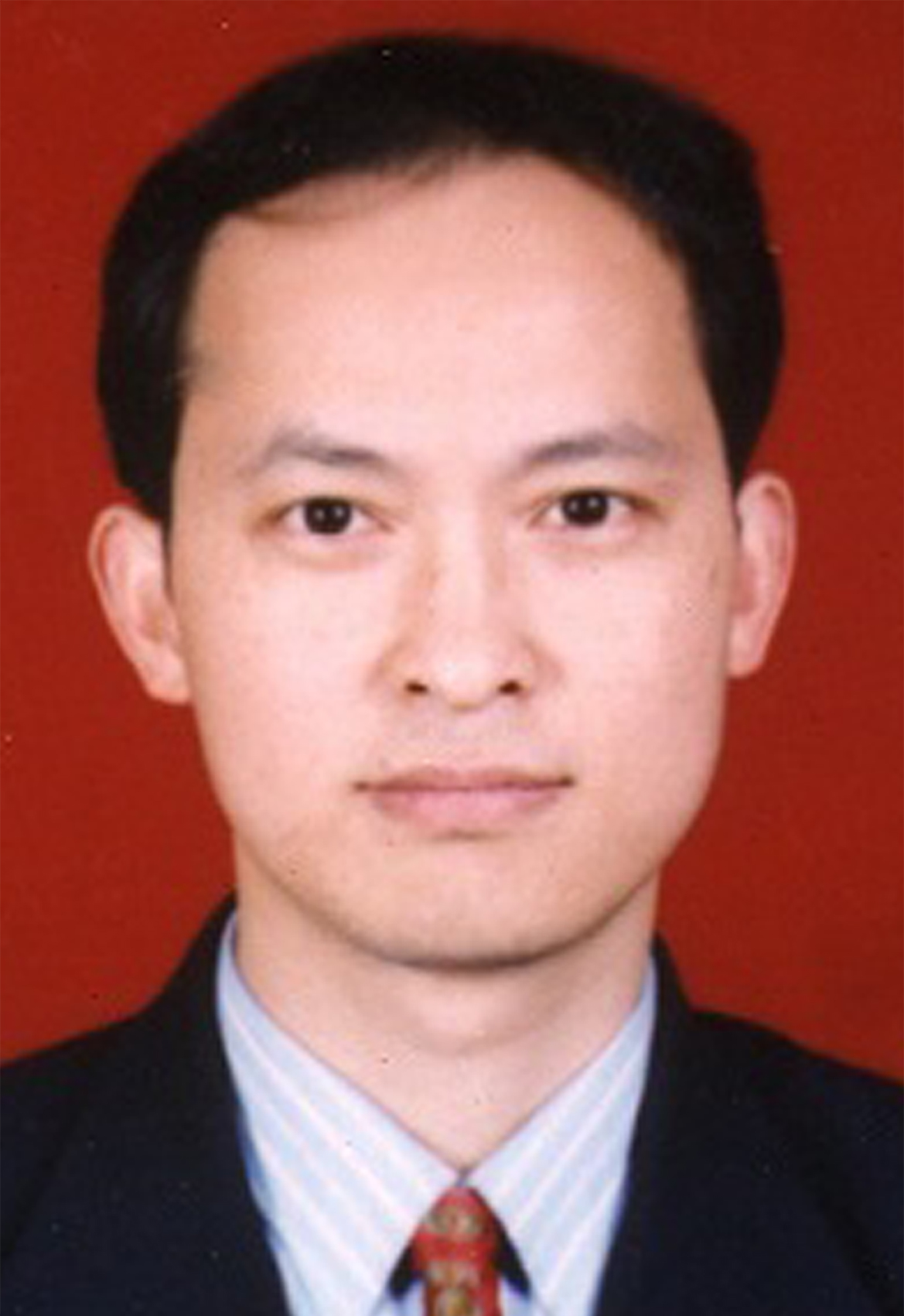 Research Field
Mycobacterium tuberculosisis, the causative agent of tuberculosis, can seriously cause the chronic infectious disease. Tuberculosis(TB) has become a severe public health problem all around the world. WHO declared that TB has been the “emergency status” worldwide in 1993, while China is one of the worst infected countries on the tuberculosis epidemic in the world. Macrophages are the main cells that, when activated, can kill mycobacteria. They constitute the first barrier preventing dissemination of these bacteria in vivo. At the same time, macrophages can also act as a M. tuberculosis reservoir in the body. Cellular immunity to mycobacteria requires a coordinated response between the innate and adaptive arms of the immune system, resulting in a type 1 cytokine response. After mycobacteria are phagocytosed, their intracellular killing can be modulated by cytokines such as IFN-γ, TNF-α, IL-10, IL-1 and IL-12. Exosomes are cell-derived vesicles that are present in many and perhaps all biological fluids, including blood, urine, and cultured medium of cell cultures. Exosomes are either released from the cell when multivesicular bodies fuse with the plasma membrane or they are released directly from the plasma membrane. Evidence is accumulating that exosomes have specialized functions and play a key role in, for example, coagulation, intercellular signaling, and waste management. Consequently, there is a growing interest in the clinical applications of exosomes. Exosomes can potentially be used for prognosis, therapy, and biomarkers for health and disease. 1. The role of exosomes shed from Mycobacterium avium sp. paratuberculosis-infected macrophages in intercellular communication processes was examined. We compared the responses of resting macrophages infected with M. avium sp. paratuberculosis with those of resting macrophages treated with exosomes previously released from macrophages infected with M. avium sp. paratuberculosis. Some proteins components of exosomes released from resting macrophages infected with M. avium sp. paratuberculosis showed a significantly differential expression compared with exosomes from uninfected-macrophages. Both M. avium sp. paratuberculosis and exosomes from infected-cells enhanced the expression of CD80 and CD86 and the secretion of TNF-αand IFN-γ by macrophages. This suggests that exosomes from infected macrophages may be carriers of molecules, e.g. bacterial antigens and/or components from infected macrophages, that can elicit responses in resting cells. Two-dimensional analysis of the proteins present in exosomes from M. avium sp. paratuberculosis-infected macrophages compared with those from resting cells resulted in the identification by MALDI-TOF/TOF mass spectrometry of the following differentially expressed proteins: two actin isoforms, guanine nucleotide-binding protein b-1, cofilin-1 and peptidyl-prolyl cisetrans isomerase A. The possible relevance of the changes observed and the biological functions of the proteins differentially present are discussed.
3. Exploring the mechanism of CFL-1 protein participate in the process of macrophage against mycobacterium. We verified the exo protein from macrophage infected with M.avium by Western blotting ananlysis, and we found that the expression of CFL-1 in total cell protein upregulating 2.15 times and 1.74 times. As a result, the expression of CFL-1 in stimulation group were significantly different from those of the unstimulated group, when p-CFL-1 is no difference. Immunofluorescence experiments confirmed, CFL-1 located in the cytoplasm and nucleus, and its expression can be stimulate to increase after M.avium infection. We can guess that CFL-1 may play a role in the process of macrophage against M.avium. We detecte RhoGTPase-ROCK-LIMK -COFILIN-1 signal paths to see which each molecule in the expression level of RNA by RT-PCR method. The results showed that, CFL-1, LIMK, ROCK stimulated gene expression increased gradually after M infection to 12h, compared with 0h there is significant difference (** p <0.01). After 12h, the expression of these gene return gradually to normal level; the expression of SSH gene increased after M infecting 0~8h which compared with 0h significant difference (* p <0.05) and then returned to normal levels. As a result: CFL-1 expression increased in the affected M.avium infected macrophages infected by M.avium which make a prompt that the movement ability of macrophage and phagocytic capacity increased, and the ability to anti Mycobacterium macrophage maybe improve. In the process of M infection in macrophage, RhoGTPase-ROCK-LIMK COFILIN-1 signaling pathway have no significant moderating effect on the phosphorylation level of CFL-1.In the process of M.avium infection in macrophages, RhoGTPase-ROCK-LIMK-COFILIN-1 signaling pathway have no significant moderating effect on the phosphorylation level of which CFL-1. 4. miRNA is involved in the process of macrophage against mycobacterium. …… |
|


